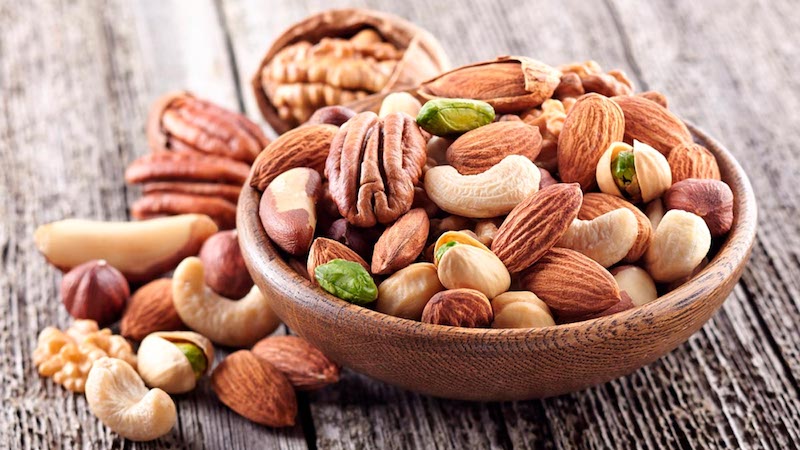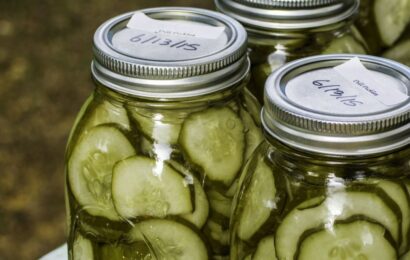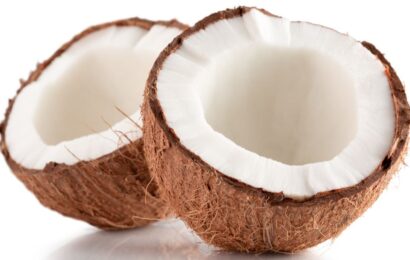Nuts and seeds are an important part of a healthful diet. With the adaptability to be made into butters, pastes, flours, or cooking oils, they are versatile in recipes, and they can also be eaten alone as a satisfying snack food. And what’s more, they are good for you. These foods contain healthy fats, and most varieties help lower LDL (“bad”) cholesterol, which decreases the risk of heart disease.
To get cutting-edge diabetes news, strategies for blood glucose management, nutrition tips, healthy recipes, and more delivered straight to your inbox, sign up for our free newsletters!
Nuts and seeds also provide essential vitamins and minerals, such as vitamin E and magnesium, as well as fiber and protein. The healthiest options are those that contain higher amounts of polyunsaturated fats (as opposed to saturated fats), including walnuts, macadamia nuts, hazelnuts, pecans, sunflower seeds, and flaxseeds. Choose varieties that are unsalted or lightly salted and keep track of your portions. A 1-ounce serving of most nuts or three tablespoons of seeds contains 150 to 200 calories. To reap the benefits of these foods without adding extra calories, replace less-healthful snacks such as potato chips or pastries with nuts and seeds.
Want to learn more about eating well with diabetes? Read “Strategies for Healthy Eating,” “Improving Your Recipes: One Step at a Time,” and “Top Tips for Healthier Eating.”






